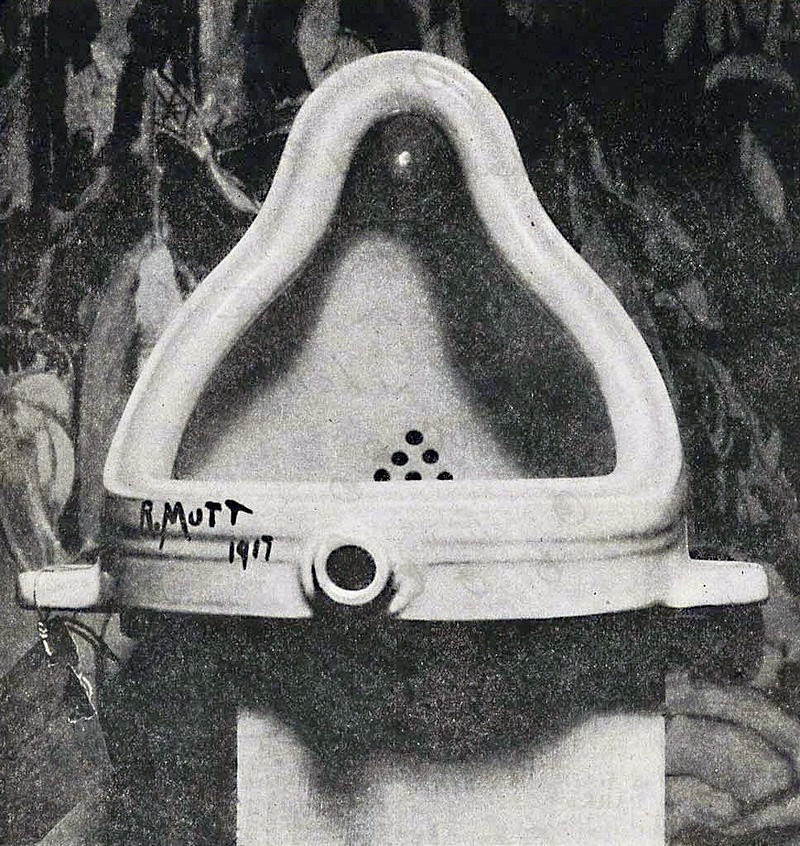Wednesday, October 29, 2014
Monday, October 27, 2014
2nd Response.
In the actual image, I now see the the entire girls face. She looks kind of sad and worn out almost. She is plastered on a huge wall near a body of water. Her eyes are telling another story, you can tell they are looking far off at something. Her lips look dry and cracked. Her skin is ghostly pale, and she has this wonder about her. This image looks like it is almost like a plastic tarp being glued to the wall. The image looks to be spliced together because of the lines on the girls face. The location of this image is industrial looking, like a harbor with pollution and smog. Many workers will see this image. The intended audience is for the working man. The mood of the image is dreary, and sad. Her look on her face is lost, sad, and full of wonder. The people who see this image will consider how they act, and how they treat their kids.
Response to Gottfried Helnwein
The image is a close up of a face. One eye is visible, a nose, and the tip of the lips. The face has a startled almost scared look, and that will play into the meaning of the image. There is a small man with a rope that appears to be climbing up the face. The photographer obviously photoshopped the image, but it is an artistic image. The meaning of this image is that the people who try to climb all over us are truly nothing. They shouldn't be considered a big deal, they are small meaningless people who do not deserve to be bothered by you. The image says to me that I should ignore the people who climb (walk) all over me and think of them as small unimportant people. The face almost looks terrified or scared and this is because a man is climbing (walking) all over her. This image should encourage people to stop letting people take advantage of them. The scale of the man to the face adds to my interpretation that people who are rude, mean, and walk all over people shouldn't be thought of as huge powerful people. We all have power over them and this image shows me that.
Thursday, October 16, 2014
Tuesday, October 7, 2014
Sunday, October 5, 2014
Q1. Who is Louis Daguerre and why is he so special? How did he become independently wealthy?
A1. Louis Daguerre was a French artist and photographer. He created the first permanent camera photograph called the daguerreotype. He opened a Diorama theatre. He is one of the fathers of photography. Louis Daguerre made a deal to sell the rights to his invention to France for life income.
Daguerreotype of Louis Daguerre in 1844 by Jean-Baptiste Sabatier-Blot
Q2. What types of photos did people take when photography was first invented? What were some of the difficulties they had to endure?
A2.Many early photographs were portraits. And the people had to sit in seats that had neck braces attached to them so that the people couldn't move and make the picture come out blurry.
Q3. Name three different types of early photographs. What did they look like? Why were they called what they were called?
A3. 1. Daguerreotypes are portraits. (invented by Daguerre so it was named after him) They were always framed because they were very fragile.
2. Ambrotypes are glass negative backed with black material. These were cheaper than Daguerreotypes. They were very similar though, and were named after J. Ambrose.
3. Tintypes used glass instead of the iron plate used in the ambrose process. And the edges were almost always trimmed and were framed. They were called tintypes because the process involved tin.
Q4. What is a Kodak Brownie. How did it work? What made it so popular? Can you buy one today?
A4. The Kodak Brownie was the first portable camera. It took a small hole with a lens to allow light in and when you took the picture the camera moved a blocking board to protect the negative paper which then is exposed to the light which captures the image. You can definitely purchase one today. These cameras were very inexpensive and many people could buy them.
Q5. Who were the Dadaists? What was their photographic work like? Why are they considered "important" in the history of photography?
A5. Dadaists were a group of artists, writers, etc., of the early 20th century who exploited accidental and incongruous effects in their and who programmatically challenged established canons of art, thought, and morality. Dadaists used an early form of Shock Art. They would trust mild obscenities, scatological humor, visual puns, and everyday objects renamed as "art" to the public eye. They are important because they showed the world the non-art side of photography.
Wednesday, October 1, 2014
Subscribe to:
Comments (Atom)










